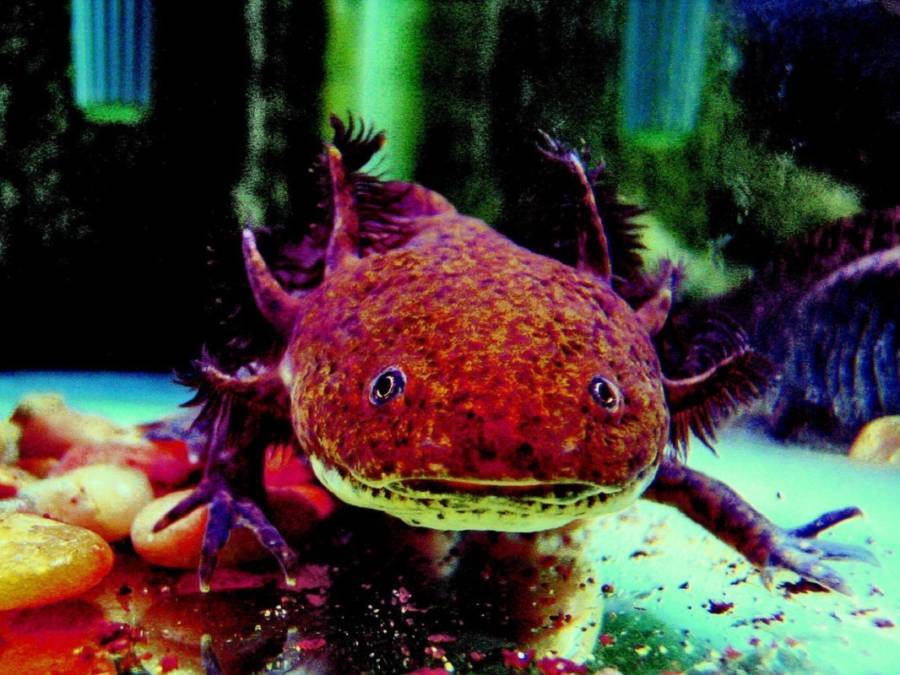
The San Bernardino Valley, straddling Arizona and Mexico, is one of the most important inland wetlands in the U.S. Researchers hope that her offspring will be able to be reintroduced to the wild in the coming years, injecting a much needed dose of genetic diversity into the inbred population. These cells have now been cloned and made into a viable ferret named Elizabeth Anne. The achievement, announced in February, is a major advance, since there are only about 500 black-footed ferrets remaining-all of which are closely related and descendants of a single colony found in 1981 in Wyoming after the species was thought to be extinct.īut cells from one female named Willa, who died in the mid-1980s without reproducing, were preserved on ice at the Frozen Zoo, a program of San Diego Zoo Wildlife Alliance. This is the first time any native endangered species has been cloned in the United States. To save another endangered species, scientists have successfully cloned a black-footed ferret, using preserved cells from a long-dead wild animal. Its discoverers suspect the chameleon will soon be listed as critically endangered. It also highlights the astonishing-and highly threatened-biodiversity of Madagascar, scientists say. This so-called nano-chameleon is about the size of a sunflower seed, and may be the smallest reptile on Earth.įinding such a tiny reptile raises interesting questions about the lower limits of body size in vertebrates. In February, researchers announced a new species of chameleon discovered in a rainforest in northern Madagascar, named Brookesia nana, or B. Having a reservoir of the virus in a common animal is concerning, since deer could potentially transmit it back to humans, researchers say. This research is similar to a study published earlier in the year showing that 40 percent of 152 deer tested in three states-Michigan, Illinois, and New York- had antibodies to SARS-CoV-2. The analysis suggests that deer have been infected multiple times from people and are passing it to one another‚ though nobody knows how deer might have picked up the virus. Scientists in Iowa found active infections in about 80 percent of deer, according to research published in November on bioRxiv, a site that posts preliminary scientific findings. Generally, the virus is thought to cause mild symptoms in other animals.īut the virus also infects wild white-tailed deer in North America. So far, researchers have found evidence of infection in captive or domesticated animals, including tigers, lions, gorillas, minks, snow leopards, domestic dogs, and domestic cats. The virus that causes COVID-19 doesn’t just afflict humans: It can also infect a wide variety of animal species. “Will it happen again? I rather believe so.” COVID-19 found in wild deer, other animals Why did this happen? “We just don’t know,” says Oliver Ryder, director of conservation genetics at the San Diego Zoo Wildlife Alliance. Scientists think that this form of reproduction is significantly more common in the animal world than thought, in part because it’s difficult to detect and rarely tracked.Īlthough parthenogenesis could serve as a life raft for rare species when mates are scarce, it could also have downsides, such as reducing genetic diversity. This is the first evidence of virgin birth, also known as parthenogenesis, in this species (and likely any non-domesticated bird).


Researchers have kept careful track of the birds’ breeding habits and genetics, and in October, they discovered that two female birds had given birth to young-without breeding. The total population is now more than 500. In an ambitious bid to save them, all 22 condors were captured from the wild in 1987 and bred in captivity, before being released back to parts of California, Utah, Arizona, and Baja California. ‘Virgin births’ in a rare birdĬalifornia condors-magnificent scavengers with a wingspan of over nine feet-almost went extinct by the middle of the 20th century, due to poisoning, poaching, and habitat destruction. Here are the top 12 animal discoveries that got our attention this year.
Research into the wonders of the natural world continue to show us how amazing life on our planet really is. As we approach the third year of the COVID-19 pandemic, amid increasingly destructive climate change, news coverage of science can sometimes be a heavy read.īut Earth is still an incredible place, bursting with promise and mystery.


 0 kommentar(er)
0 kommentar(er)
